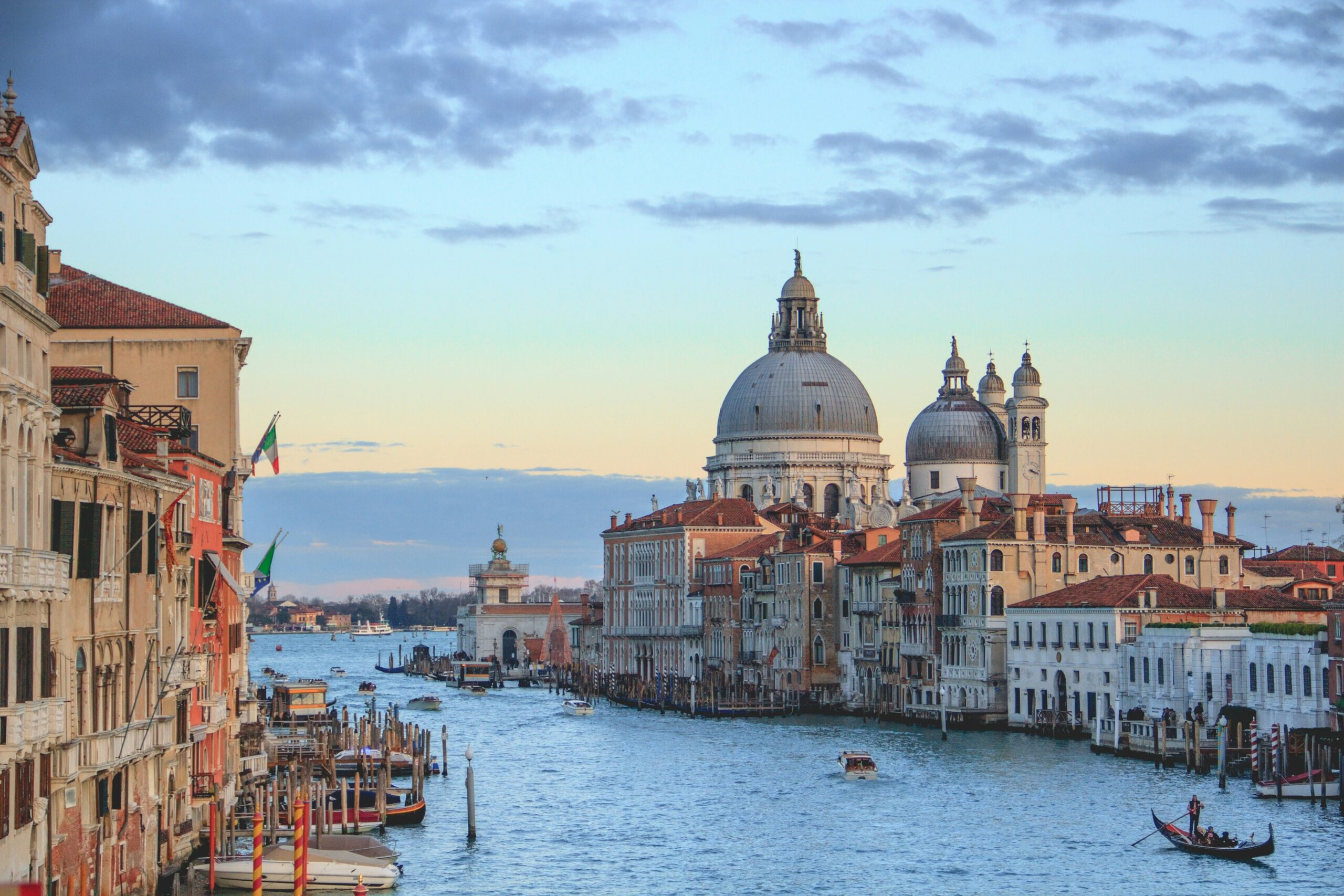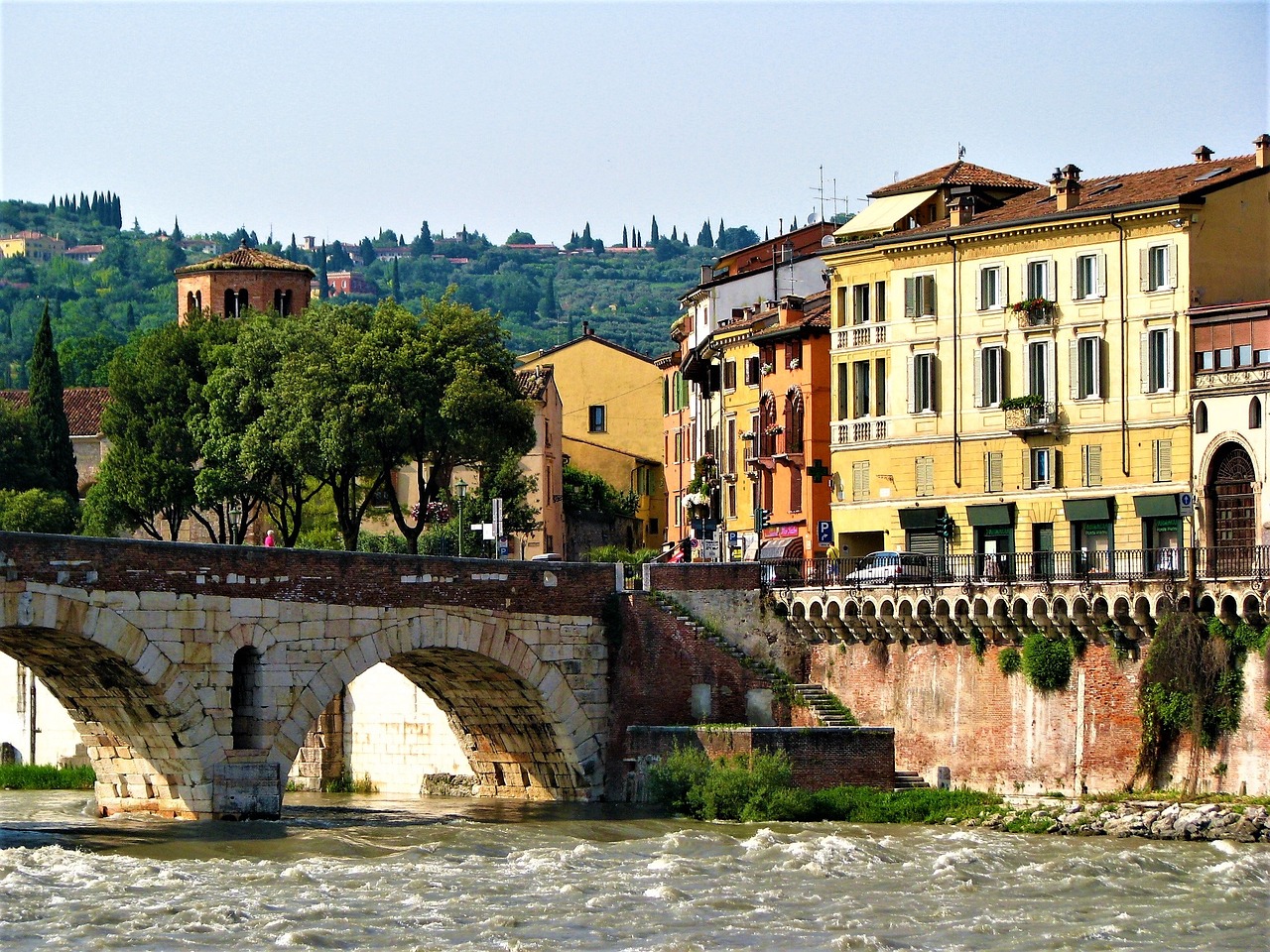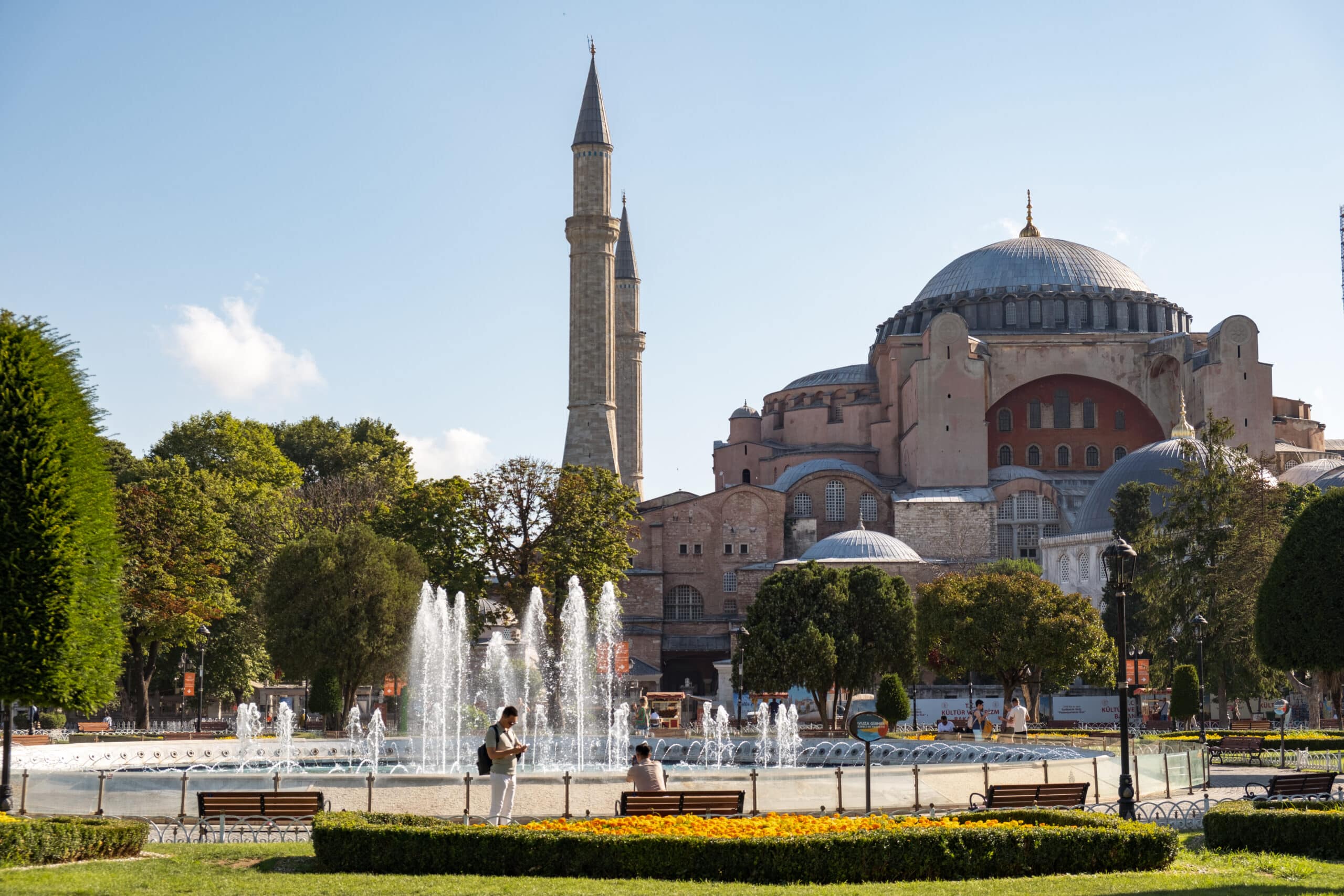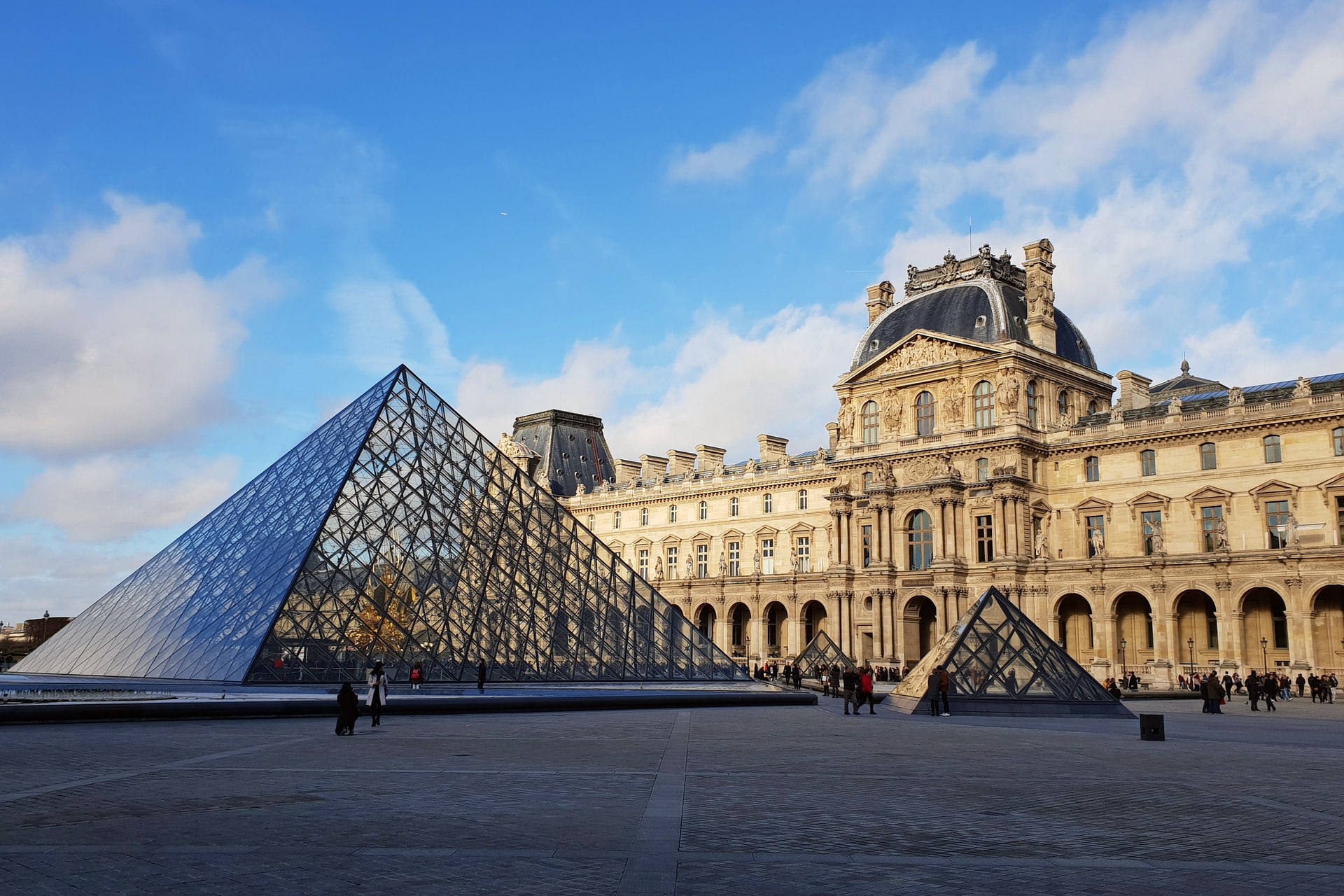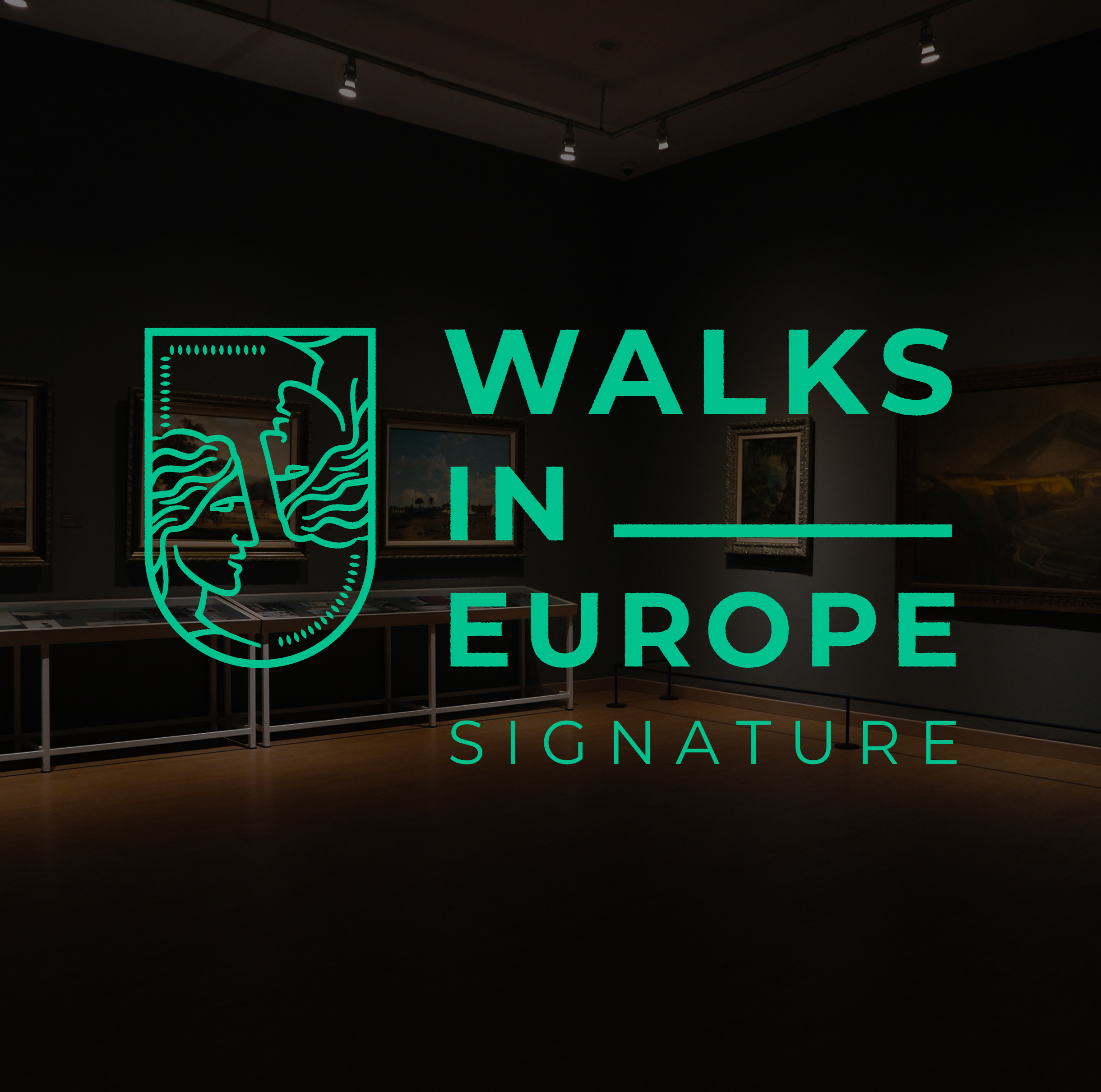Venice is unlike anywhere else in the world — a city built on water, shaped by centuries of art and commerce, and steeped in quiet beauty. But while it remains a dream destination, the realities of modern tourism are reshaping how the city welcomes its millions of visitors each year.
In response to over-tourism and environmental concerns, Venice is now enforcing new rules and regulations — including an entry fee for day-trippers, tighter behavior guidelines, and efforts to protect its fragile infrastructure. Planning ahead isn’t just helpful — it’s essential.
Whether you’re visiting for the first time or returning to explore the lesser-known corners, here’s everything you need to know to enjoy Venice respectfully and effortlessly in 2025.
🚗 1. You Won’t See Cars — And That’s a Good Thing
Venice is famously car-free. There are no roads in the historic center — only canals, alleyways, and bridges. The only way to get around is on foot or by boat. That’s part of the charm — but it also means you should pack light and wear comfortable shoes. Be ready to walk, climb stairs, and occasionally get a little lost (which is half the fun). Take a look at some of our tips to make the most out of your European walking tour.
🚤 2. Getting Around: Vaporetto, Traghetto, or Water Taxi?

As mentioned earlier, Venice is blissfully car-free — no taxis, no traffic lights, just you, your feet, and the water. But once you’ve crossed a few bridges and gotten turned around in a canal-side alley (it happens to everyone), you’ll start to appreciate how this city gets from point A to point B.
That’s where Venice’s unique public transport system comes in. Boats, not buses, are the main mode of travel — and understanding the options will help you move around more easily and see more of the city.
- Vaporetto (Water Bus): This is Venice’s version of a public bus — just on water. It’s the most practical and affordable way to navigate the Grand Canal or reach outer islands like Murano, Burano, and Lido. Buy a travel pass if you’ll be using it more than once — it’s cheaper than paying per rides.
Tip: Line 1 offers the scenic route through the Grand Canal, while Line 2 is quicker. - Traghetto: Want to cross the Grand Canal quickly without backtracking to the nearest bridge? Look for a traghetto, a traditional gondola used for short crossings. It’s a standing ride that costs just a few euros — perfect for when your feet need a break.
- Water Taxi: Sleek, stylish, and cinematic — private water taxis are as luxurious as they are pricey. Great for special occasions or transfers with lots of luggage, but not necessary for everyday sightseeing.
- Walking: Don’t underestimate your own two feet. Most of Venice’s highlights are within walking distance — just prepare for bridges, uneven stone, and the occasional dead end. Getting a little lost is all part of the charm.
💶 3. Entry Fee for Day-Trippers
New in 2024 and continuing in 2025, Venice charges a €5 entry fee on specific peak days for visitors not staying overnight. It applies between 8:30 a.m. and 4:00 p.m. on select spring and summer weekends and holidays.
- Hotel guests are exempt but must pre-register online or through their accommodation.
- Day-trippers must obtain a QR code via cda.ve.it — either as proof of payment or exemption.
Expect updated 2025 dates to be released early in the year.
🧳 4. Travel Light (And Smart)

Dragging wheeled luggage across Venice’s bridges and cobblestones is not only exhausting — it’s also banned in certain areas. Large trolleys and noisy wheels can lead to fines. Pack only what you need and opt for a backpack or soft duffel instead.
📅 5. Timing Matters: When to Visit
Venice is magical year-round, but also crowded and pricey during peak season (April–October).
For fewer tourists and softer light, consider visiting in March or November. If you’re coming in winter, expect crisp air, misty canals, and fewer crowds — just dress warmly.
Be aware of acqua alta (high water), which typically occurs in late autumn and winter. Elevated walkways are set up around major areas, and tide forecasts are available daily.

🚫 6. Venice Has Rules — Know Them
Venice has implemented behavior guidelines to help preserve its streets and lifestyle. Here’s what not to do:
- No picnicking on church steps or in St. Mark’s Square
- No swimming or dipping feet in canals
- No feeding pigeons
- No shirtless walking (even in summer)
- No loud music or wheeled speakers
Fines range from €25 to over €500 — and yes, they are enforced.
🎒 7. What to Bring — and What to Leave Behind

Venice rewards practical packing. With its winding streets, occasional flooding, and foot-only zones, a few smart choices will make your day smoother (and your feet happier).
✔️ What to Bring:
- Comfortable, waterproof shoes – You’ll be walking a lot, and cobblestones + potential high water mean comfort and grip matter.
- Reusable water bottle – Venice has plenty of clean, public drinking fountains (fontane) to keep you hydrated.
- Lightweight layers & a rain jacket – The weather can shift quickly, especially in shoulder seasons especially in spring and fall, when surprise showers are common.
- Small daypack or crossbody bag – Easy to carry and ideal for essentials.
- Power bank for your phone – If you’re using Google Maps, translation apps, or taking photos all day, your battery will thank you.
✖️ What to Leave Behind:
- Large wheeled suitcases – Difficult to maneuver over bridges and may be restricted in some areas.
- Tripods and drones – These are either banned or heavily restricted in the historic center.
- Picnic food for major squares – Eating in places like St. Mark’s Square is discouraged and can result in fines.
- High heels or slick-soled shoes – These won’t mix well with cobblestones, bridges, or vaporetto boarding.
Bonus Tip: Keep a copy of your ID (or a digital scan) with you — you might need it for hotel check-ins, museum entries, or public transport passes.
🛶 8. Go Beyond the Grand Canal

Most visitors stay within a tight loop of San Marco and Rialto — but the magic of Venice lies in its quieter corners. Get lost in Cannaregio, browse artisan shops in Dorsoduro, or take a trip to the colorful island of Burano or glass-blowing haven Murano.
🧭 9. Respect the Pace of the City
Venice isn’t a place to rush through. Locals move deliberately, and tourists who stop in the middle of bridges or block narrow paths cause tension. Step to the side if you need to check your map or take a photo. Move slowly, stay quiet, and observe — it’s how Venetians preserve the atmosphere they love.
🌊 Final Thought: Travel Respectfully, Experience Deeply

Venice isn’t just a destination — it’s a living city that needs care. As more travelers arrive each year, the city is doing its part to protect its heritage, waterways, and community through evolving rules and visitor limits.
By understanding how to navigate Venice thoughtfully — whether it’s paying a small entry fee, respecting quiet zones, or choosing less-traveled paths — you’re helping preserve its magic for generations to come.
So take your time, tread lightly, and let Venice reveal herself slowly — that’s when the real beauty begins.
Ready to step into the story?
Join one of our thoughtfully curated Venice tours, where history meets heart, and every step tells a story.
Discover our Paris tours →

